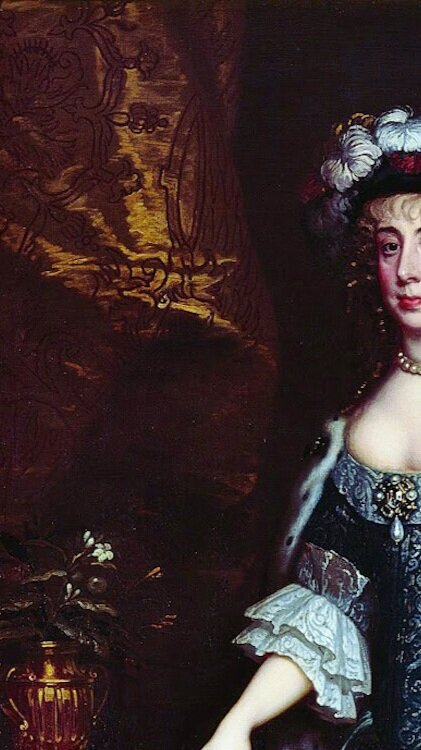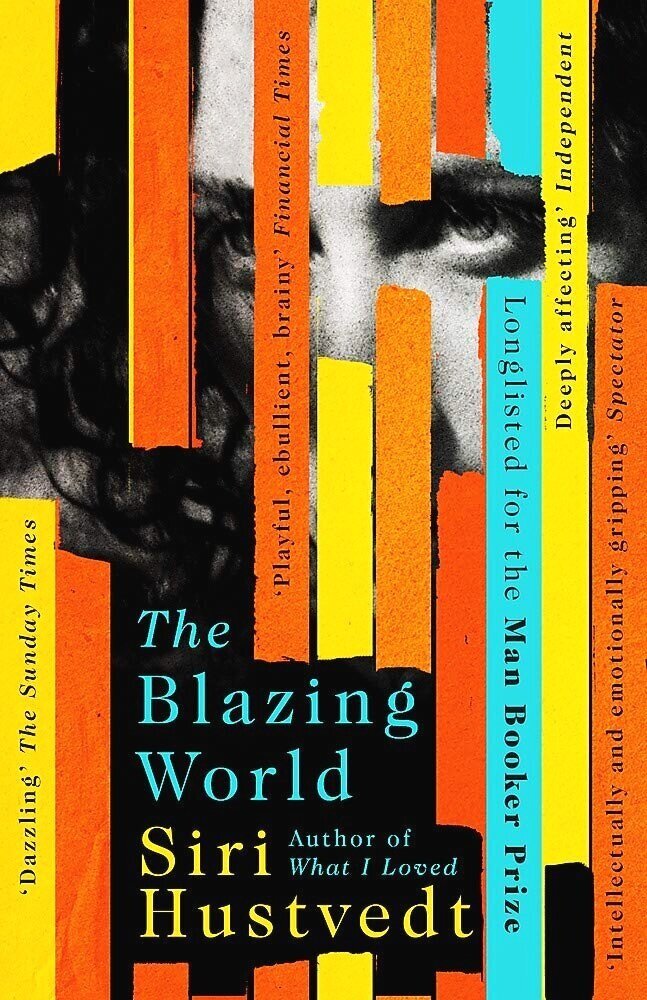Blazing Worlds - the Duchess, the writer and the artist
I have recently grown a slight obsession with Margaret Cavendish, a writer and naturalist philosopher of the 17th century. Although Cavendish had a small passage in Virginia Wolf’s writings —in A room of her own and the essay The Duchess of Newcastle in The Common Reader— I finally discovered her some months ago, during the winter lock-down, running in my near park in a rather bad mood and listening to Siri Hustvedt’s fantastic book of essays A woman looking at men looking at women.
Hustvedt —another new writer crash for me— is a great admirer of Cavendish and wrote with much affection in her essays for this eccentric and bold lady of the past who, among other things, was the first woman who attended a conference in the Royal Society of Science. Hustvedt noticed in her essays how Cavendish had the nerve to challenge Descartes’ and Hobbes’ philosophy, Descartes’ dualism and Hobbes’ mechanistic view of the world by expressing through her writings a beautiful pan-organism and panpsychism, a holistic idea about a world, all made by the same substance and even having one mind. She looked at the world in a Spinozean way, as one organism.
But Cavendish had also been the first woman who published a poetic collection with her name and wrote one of the first science fiction novels, “The Blazing World”, where she describes a utopia in accordance with her materialistic philosophy. In this world, women are leading, and men-species are mingled with animals’. Moreover, she wrote and published a really bold for her times and status feminist comedy about a group of unmarried women who create a cloistered community called “The Convent of Pleasure”, where the presence of men was banned in order to “avoid the pains or displeasures that exist in a male-dominated world”.
.
Besides her expressed admiration of the Duchess, Hustvedt has also published a book inspired in a way by Cavendish’s life. In fact, Cavendish’s persistent belief in herself and the burdens she found to have a voice and be heard functioned as a point of departure for a bitter comment on the “female artist question” (to paraphrase the famous 17th century’s “woman question”) through her heroine Harriet Burden (ha!).
And, what’s more, she named it “The Blazing World”.
Now, Hustvedt, an unbelievably talented and cultivated neuroscientist and author, married to a much-more-famous-than-her (but-not-essentially-better) author, Paul Auster, borrows in a way some aspects of Cavendish’s identity and writing —that are probably mingled skillfully with her own experience— to create this book that is supposed to be made —in post-modernistic typicality about which she frequently returns within various means— by several segments of information and knowledge through the protagonist’s family and circle:
Harriet, a vastly cultivated artist, too much overshadowed by her husband’s super successful art dealer career, after his death creates a kind of community in a big house in Brooklyn where she offers a home to several poor, anti-systemic creatives.
Having been fed up with the artistic system where talent and creativity are the least for climbing up the success ladder, she decides to show her work through/behind existing male artists she uses as masks.
In fact, Hustvedt creates a contemporary “what if” about Cavendish and/or herself researching what defines and leads success in today’s art world and throughout the whole history, especially regarding women’s visibility, stereotypes and the inherent female fear.
The book is captivating and genius, full of small details and references within the vast area of her scientific and artistic research areas —as a scientist, an author and an art lover— but also to Cavendish mind. There are aspects from Cavendish’s work, gender theory, Mary Selley and Mary Wollstonecraft, thoughts about materialism, about William James and psychoanalysis, Winnicoat’s paraphernalia, motherhood, Freudian fancies, Renaissance’s women painters but also a lot lot lot of Luise Bourgois, miscellaneous strange stories, too much irony, bitter sarcasm and insight on the contemporary art market, questions about memory and reality, Kierkegaard’pseudonyms and Pesoa’’s heteronyms, Deleuze and Guattari, Bergson, Warhol and too many other elements that I don’t remember or I just haven’t de-codified yet. Because it is one of these books that you have to read again and again to find all her small references, just like Burden’s sculptures that hide uncountable hints about their creator. And just as Cavendish makes an appearance as herself in her own book, Husvedt also passes by Harriets’ world.
Blazing World was Cavendish’s utopia led by a woman. Husvedt, in this brilliant literary universe of hers --that is not utopic but harsh as reality-- talks continually for several invisible women and trans people within history, offering enough triggering for even more research.
Meanwhile, Harriet Burden, this multidimensional heroine who combines Margaret Cavendish, Luise Bourgeois and Siri Husvedt, is one of the most exciting female literary characters ever been made.

